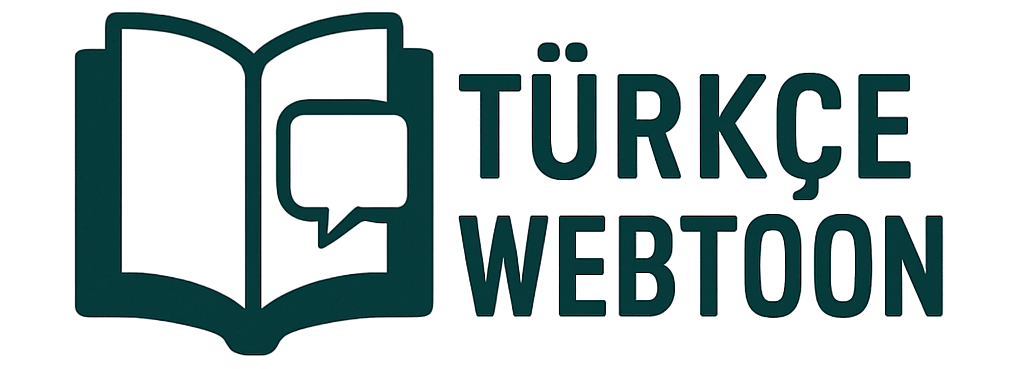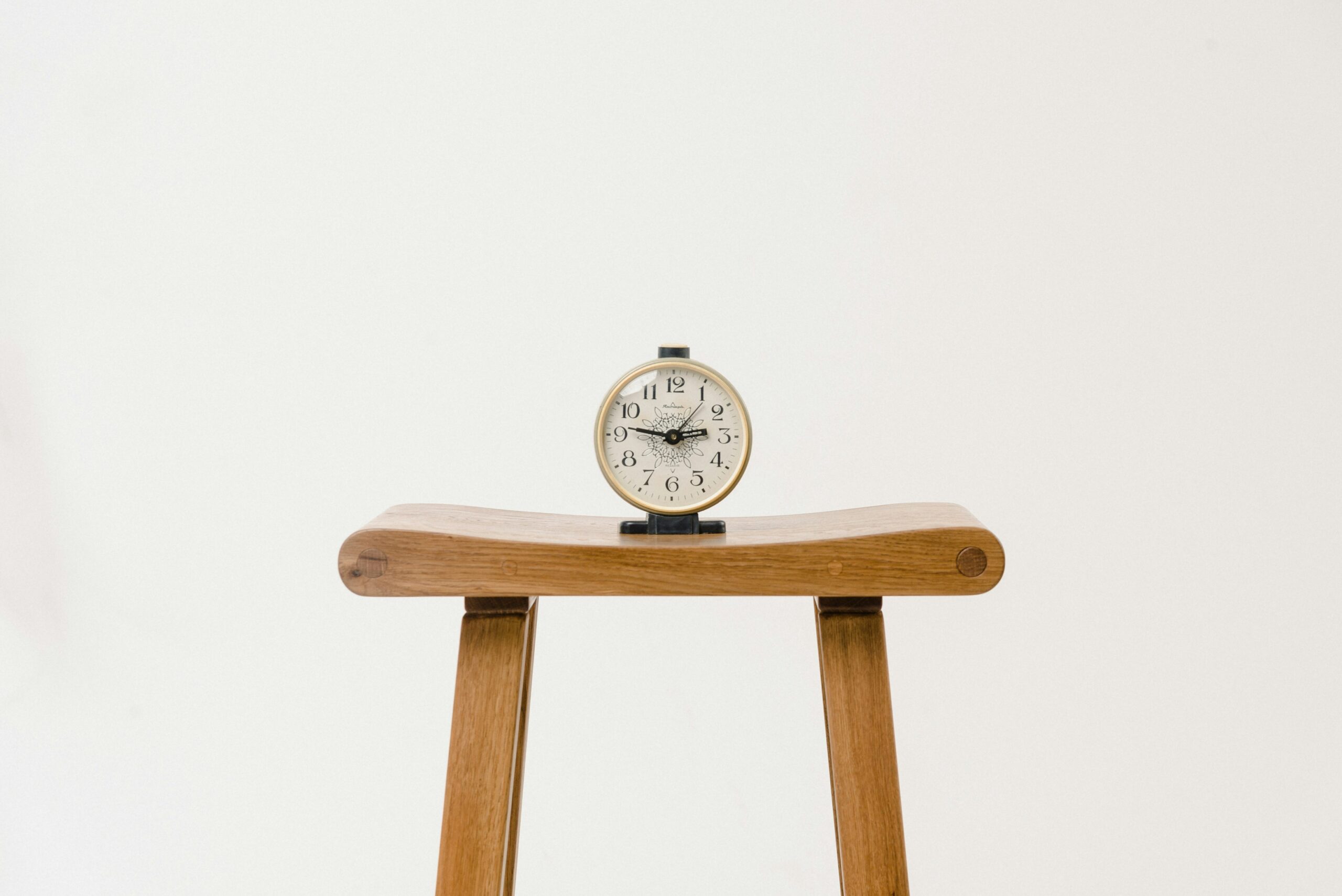Reclaim Your Day: Master Time Management at Home and Boost Your Productivity!
Ever feel like your to-do list is a never-ending monster, constantly growing no matter how much you tick off? Are you a remote worker juggling deadlines, a parent orchestrating chaotic schedules, or a freelancer spinning multiple plates, all within the confines of your home? You’re not alone. The lines between work and personal life can blur at home, making it tough to stay on top of things, leading to stress, burnout, and a constant sense of being overwhelmed.
But what if you could transform that feeling of being perpetually behind into a confident command of your day? This article isn’t just another list of generic tips; it’s a practical, actionable guide designed to help you regain control, boost your time management at home, and discover a newfound sense of calm and accomplishment. We’ll delve into proven strategies, real-life examples, and simple shifts that will make a tangible difference in your daily home routine. Get ready to unlock your productivity potential and finally make your home a sanctuary of calm, not chaos.

Unmasking Your Time Traps: Where Does Your Day Really Go?
Before you can effectively manage your time, you need to understand where it’s currently escaping. Think of it like plugging leaks in a dam – you need to find them first! Many of us operate on autopilot, unaware of the subtle habits and distractions that silently erode our precious hours.
The Digital Distraction Dilemma
In our interconnected world, screens are both a blessing and a curse. A quick check of social media can spiral into an hour-long scroll, and one “urgent” email can derail your entire morning.
- Audit Your Screen Time: Most smartphones and computers have built-in features that track app usage. Take an honest look at where your digital hours are really going. You might be surprised!
- Notifications: Friend or Foe? Every ping, buzz, and pop-up is a tiny interruption that breaks your focus. Consider turning off non-essential notifications, especially during dedicated work or focus blocks. You’ll be amazed at the uninterrupted peace.
- The Power of Time-Blocking Apps: Tools like the Pomodoro Technique apps or website blockers can create digital “force fields” to keep you on track. For instance, you could set a timer for 25 minutes of focused work, followed by a 5-minute break. It’s a simple yet powerful way to cultivate deep work.
The Myth of Multitasking
We’ve all been told that multitasking is a superpower. In reality, it’s often a productivity killer. Our brains aren’t wired to truly do multiple complex tasks simultaneously; instead, they rapidly switch between them, leading to decreased efficiency and increased errors.
- Single-Tasking for Success: Dedicate specific blocks of time to single tasks. When you’re answering emails, only answer emails. When you’re working on a report, focus solely on that report. This focused approach will lead to higher quality work and a quicker completion time.
- Batching Similar Tasks: Group similar activities together. For example, make all your phone calls at one time, respond to all your messages in a dedicated slot, or handle all your household chores in a designated window. This minimizes context switching and boosts your productivity tips.
- How Mark Reclaimed His Evenings: Mark, a freelance graphic designer, used to jump between client projects, emails, and social media throughout the day. He felt perpetually behind. By implementing single-tasking and batching, he now dedicates specific hours to design work, another hour to client communication, and reserves his evenings completely for family. He’s not only more productive but also significantly less stressed.
Building Your Fortress of Focus: Creating a Productive Home Environment
Your physical surroundings play a crucial role in your ability to focus and manage your time management at home. A cluttered space often leads to a cluttered mind.
Declutter for Clarity
A tidy home is a peaceful home, and a peaceful home is a productive home. You don’t need to become a minimalist overnight, but strategic decluttering can work wonders.
- The “One-Touch” Rule: When something comes into your home, try to put it where it belongs immediately. Avoid setting things down “just for a minute,” as those minutes quickly pile up.
- Designated Homes for Everything: Every item should have a designated spot. When you’re done using something, put it back in its home. This simple habit saves countless minutes searching for misplaced items. For more in-depth guidance, you might find “5 Easy Steps to Declutter Your Home” helpful for practical strategies.
- Tackle One Area at a Time: Don’t try to declutter your entire home in one go. Pick one small area – a single drawer, a bookshelf, or a corner of a room – and focus on that. Small wins build momentum.
Optimizing Your Workspace
Whether it’s a dedicated office or a corner of your kitchen table, your workspace should be a haven of productivity.
- Ergonomics and Comfort: Invest in a comfortable chair and ensure your monitor is at eye level. Physical discomfort is a major distraction.
- Minimalist Approach: Keep your workspace free from unnecessary clutter. Only have what you need for the task at hand within reach. Store anything else out of sight.
- Natural Light and Air: Position your workspace near a window if possible to benefit from natural light. Good ventilation can also improve focus and reduce fatigue.
The Art of Intentional Living: Proactive Planning for a Balanced Life
Effective time management at home isn’t about doing more; it’s about doing what matters most. This requires intentional planning and a shift from reactive to proactive living.
Prioritize Like a Pro: The Eisenhower Matrix
Not all tasks are created equal. The Eisenhower Matrix helps you categorize tasks based on urgency and importance, allowing you to focus your energy where it truly counts.
- Urgent & Important (Do First): Crises, deadlines, pressing problems. These require immediate attention.
- Important, Not Urgent (Schedule): Planning, prevention, relationship building, personal development. These are crucial for long-term success but often get neglected without dedicated time.
- Urgent, Not Important (Delegate): Interruptions, some emails, minor requests. These can often be delegated or handled quickly to avoid disrupting important work.
- Not Urgent, Not Important (Eliminate): Time-wasters, distractions, unnecessary tasks. Get rid of them!
The Power of Planning Your Day (and Week)
A little bit of planning goes a long way. Spending 15-20 minutes at the end of each day or the beginning of each week can dramatically improve your productivity tips.
- The Night Before: Before you go to bed, jot down your top 3 priorities for the next day. This helps you wake up with a clear focus and prevents decision fatigue.
- Weekly Review: On a Sunday evening, take some time to review your week, plan for the upcoming one, and block out time for your most important tasks. This foresight allows you to anticipate potential challenges and allocate time effectively.
- Schedule “Me Time” (Seriously!): Just as you schedule meetings and deadlines, schedule time for self-care, hobbies, and relaxation. These are not luxuries; they are essential for sustained productivity and preventing burnout. Remember, a refreshed mind is a productive mind.
Embracing Flexibility and Self-Compassion
Life at home is dynamic, and sometimes, even the best-laid plans go awry. The key to successful time management at home isn’t rigid adherence, but rather flexible adaptation and a healthy dose of self-compassion.
The Imperfection Principle
No one is productive 100% of the time, nor should they be. There will be days when you’re less focused, when unexpected events pop up, or when you simply need a break.
- Be Kind to Yourself: Don’t beat yourself up for deviations from your plan. Acknowledge what happened, adjust, and move forward.
- Build in Buffer Time: When planning, add a little extra time to tasks. This buffer accounts for unforeseen delays and reduces stress.
- The Two-Minute Rule: If a task takes less than two minutes, do it immediately. This prevents small tasks from piling up and becoming overwhelming. It’s a simple hack that makes a big difference in maintaining your home routine.
The Importance of Breaks and Recharge
Ironically, taking breaks can make you more productive. Our brains need time to rest and consolidate information.
- Short, Frequent Breaks: Step away from your workspace every hour or so. Stretch, grab a drink, look out the window.
- Digital Detox: Schedule specific times to disconnect from screens. Go for a walk, read a physical book, or engage in a hobby. This is a crucial element for maintaining mental clarity and preventing overwhelm.
Take Control, One Step at a Time!
Feeling overwhelmed at home doesn’t have to be your permanent state. By understanding where your time goes, optimizing your environment, and adopting proactive planning strategies, you can transform your relationship with time and cultivate a life that feels more balanced and productive.
Remember, the goal isn’t perfection; it’s progress. Don’t try to implement every single tip at once. Choose one strategy from this guide that resonates with you the most – perhaps tracking your screen time, decluttering your desk, or planning your top 3 priorities for tomorrow. Implement that one change consistently for a week, and then gradually add another. The cumulative effect of these small, actionable steps will lead to significant improvements in your time management at home and overall well-being. It’s time to stop reacting to your day and start intentionally designing it. You’ve got this!
Frequently Asked Questions
How do I stop feeling overwhelmed all the time?
Feeling overwhelmed often stems from a lack of control and clarity. Start by identifying your biggest stressors, then break down large tasks into smaller, manageable steps. Prioritize ruthlessly using methods like the Eisenhower Matrix, and remember to schedule time for self-care to prevent burnout.
What are quick ways to destress when working from home?
Quick ways to destress include taking short, intentional breaks (5-10 minutes), practicing deep breathing exercises, stepping outside for fresh air, listening to calming music, or doing a quick stretch. Even a two-minute mindful meditation can significantly reduce stress.
How can I simplify my daily routine?
To simplify your daily routine, identify recurring tasks that can be automated, batched, or eliminated. Establish a consistent morning and evening routine, prepare things in advance (like clothes or meals), and create “designated homes” for items to reduce decision fatigue and searching time.

